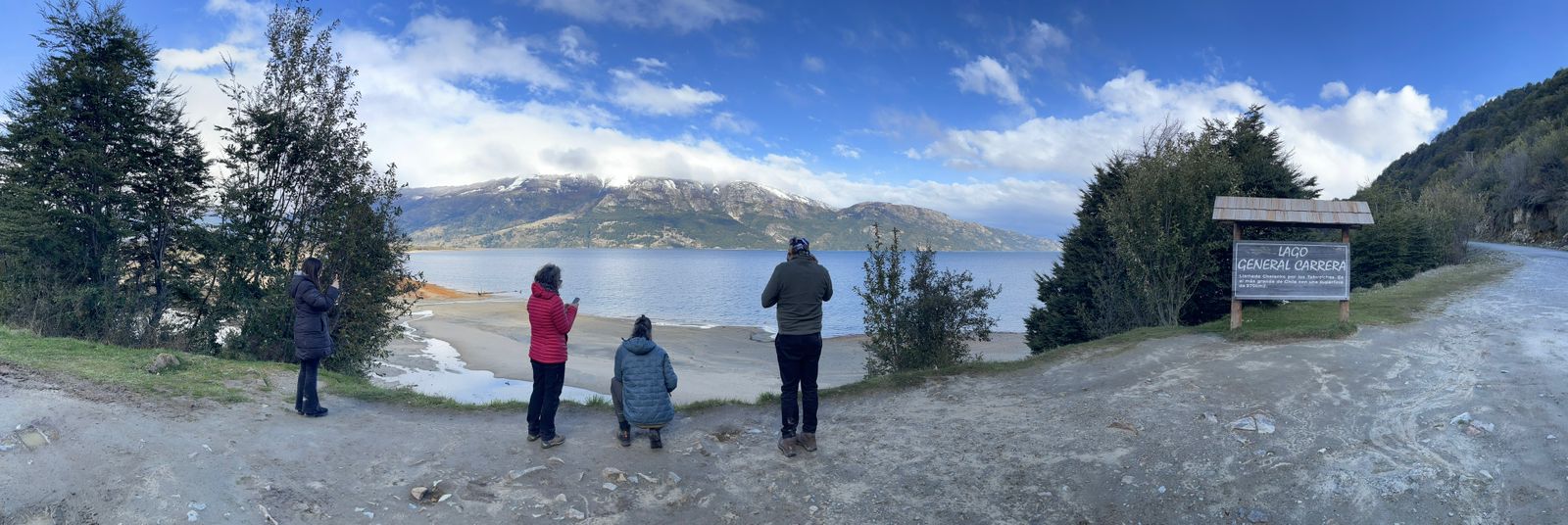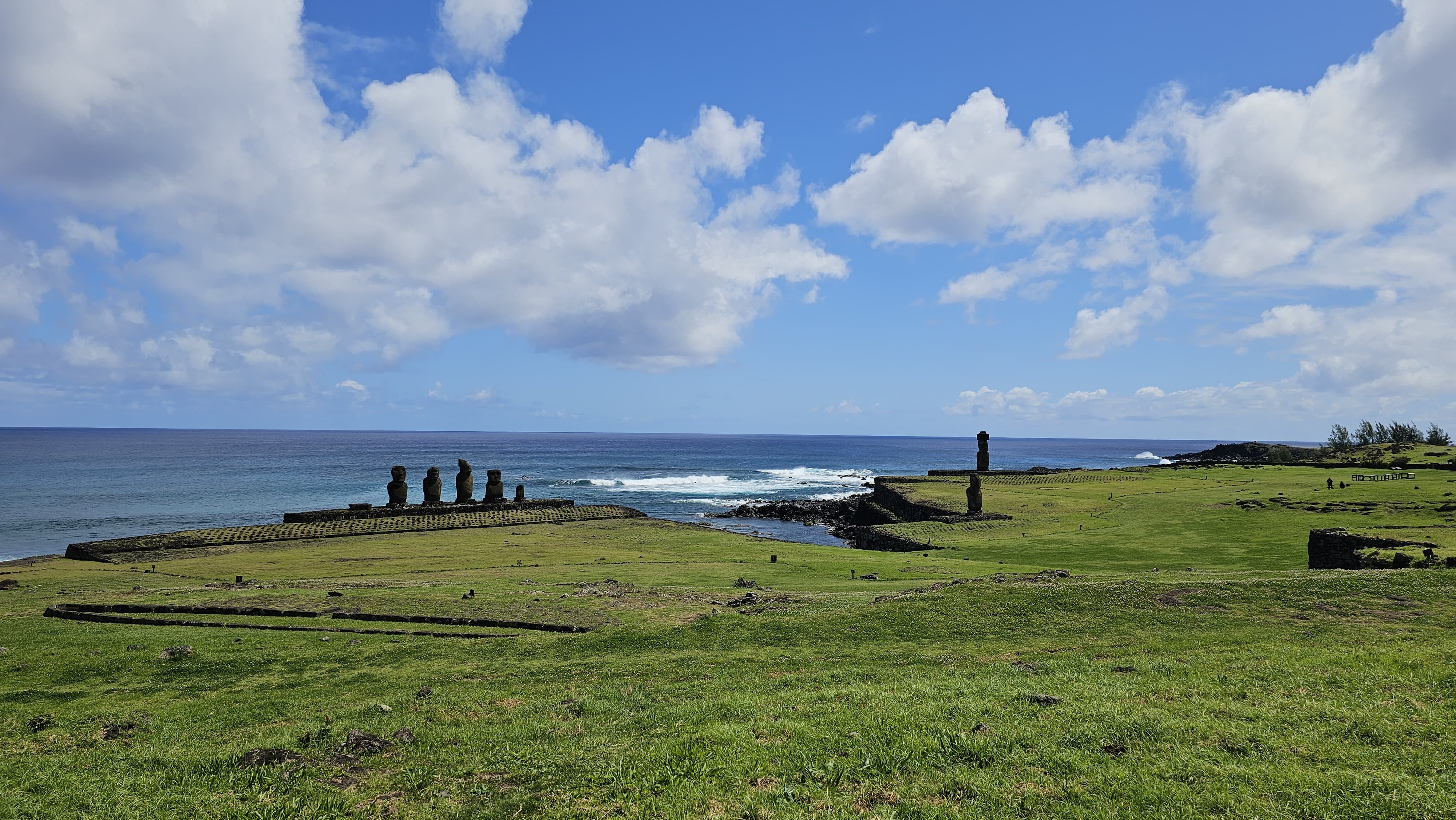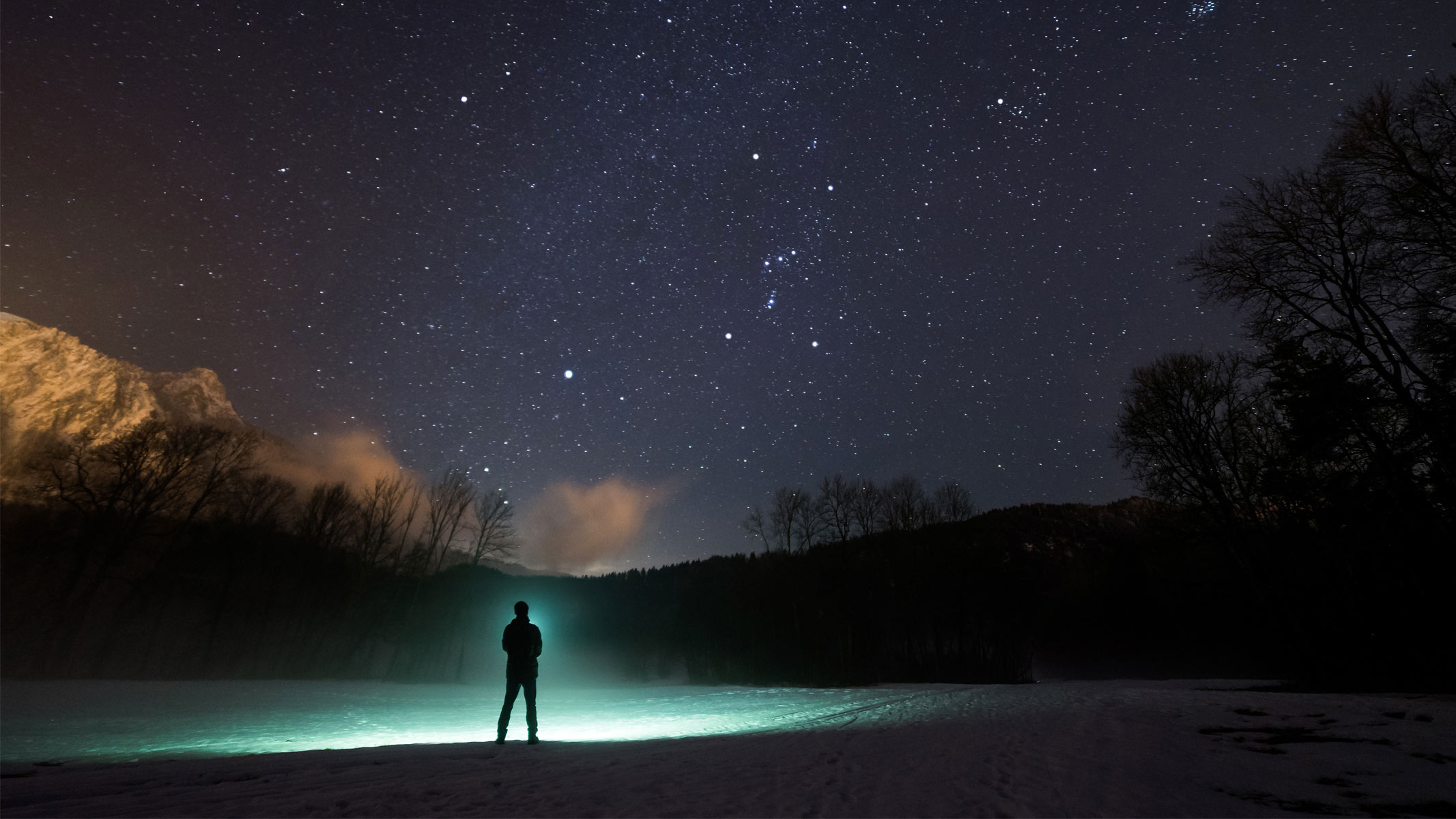Solar eclipse livestream: Watch the annular eclipse online
You can watch the annular solar eclipse live on Oct. 2 with this free livestream. Here's how.
Update for 5:40 p.m. EDT: The "ring of fire" annular solar eclipse of Oct. 2 amazed skywatchers across the southern Pacific and South America. See stunning photos and videos in our full story.
On Oct. 2, the moon and sun will produce a dazzling "ring of fire" in the sky. The annular solar eclipse is going to be a sight to behold.
However, many of us will be nowhere near the path of annularity — a route that passes across the Pacific Ocean, southern Chile and southern Argentina. Instead we must look to the next best thing: livestreams! You'll find some information below about how to watch the event play out virtually, and in fact, you'll also be able to catch the eclipse action unfolding on our solar eclipse live blog. When the time comes, we will bring you views of the eclipse as they appear online as well as some on-the-ground reporting from a lucky few who will be there in person.
During an annular solar eclipse, the moon appears slightly smaller than the sun. As such, it doesn't block the entire solar disk like it would during a total solar eclipse. Instead, the moon's shadow covers most of the disk, leaving the outer rim, and resulting in a beautiful "ring of fire." On Oct. 2, the moon will cover approximately 93% of the sun's disk at the point of greatest eclipse.
Annular solar eclipse livestream

If you want to be ready for the next solar eclipse, or safely observe the sun, you'll need proper solar eclipse glasses. This 5-pack of Soluna ISO Certified Safe solar eclipse glasses is on sale for $9.99, that's 60% off, at Amazon.
You can watch the annular solar eclipse online and follow along with a livestream news feed courtesy of timeanddate.com.
The livestream will begin around 1:15 p.m. EDT (1715 GMT) on timeanddate's YouTube channel.
"Over the past few days, some of the world’s best astronomers and live streamers have been getting into position and making their final preparations for this event," Graham Jones, astrophysicist and science communicator at timeanddate told Space.com in an email.
Breaking space news, the latest updates on rocket launches, skywatching events and more!
"Our longtime partner Thomas Puzia is in the town of Puerto Río Tranquilo, Chile. He's leading an expedition from the Institute of Astrophysics at Pontificia Universidad Católica de Chile," Jones continued.


"Meanwhile, Marcelo Domingues, part of a group led by Brazil's Observatório Nacional, arrived on Easter Island a few days ago. We first worked with Marcelo and his colleagues at last year's annular eclipse across Brazil," Jones explained.


Watching in person
The "ring of fire" will be visible only within a path of annularity that passes across the Pacific Ocean, southern Chile and southern Argentina.
Related: Where can I see the annular solar eclipse on Oct. 2, 2024?
During an annular solar eclipse, it is NEVER safe to look directly at the sun without solar eclipse glasses designed for solar viewing. Read our guide on how to observe the sun safely.
Notable locations where the "ring of fire" is visible
For an in-depth look at the timings of each stage of the eclipse depending on location, check out these resources on Time and Date.
- Rapa Nui/Easter Island, Chile (5 minutes, 38 seconds to 6 minutes, 12 seconds of annularity starting at 14:03 EAST, 67 degrees above North)
- Cochrane, Chile (5 minutes, 40 seconds of annularity starting at 17:21 CLST, 26 degrees above NNW)
- Perito Moreno National Park, Argentina (6 minutes, 17 seconds of annularity starting at 17:21 ART, 25 degrees above NNW)
- Puerto Deseado, Argentina (3 minutes, 22 seconds of annularity starting at 17:27 ART, 20 degrees above NNW)
- Puerto San Julian, Argentina (5 minutes, 12 seconds of annularity starting at 17:24 ART, 21 degrees above NNW)
Notable locations where the partial solar eclipse is visible
For those outside the path of annularity, a partial solar eclipse will be visible during which the moon will appear to take a "bite" out of the sun.
Here are some notable locations where a partial solar eclipse will be visible (along with the percentage coverage of the sun) on Oct. 2, 2024.
- Ushuaia, Argentina (72%)
- Falkland Islands (84%)
- Villarrica, Chile (63%)
- Punta Arenas, Chile (75%)
- Buenos Aires, Argentina (42%)
- São Paulo, Brazil (10%)

Daisy Dobrijevic joined Space.com in February 2022 having previously worked for our sister publication All About Space magazine as a staff writer. Before joining us, Daisy completed an editorial internship with the BBC Sky at Night Magazine and worked at the National Space Centre in Leicester, U.K., where she enjoyed communicating space science to the public. In 2021, Daisy completed a PhD in plant physiology and also holds a Master's in Environmental Science, she is currently based in Nottingham, U.K. Daisy is passionate about all things space, with a penchant for solar activity and space weather. She has a strong interest in astrotourism and loves nothing more than a good northern lights chase!

